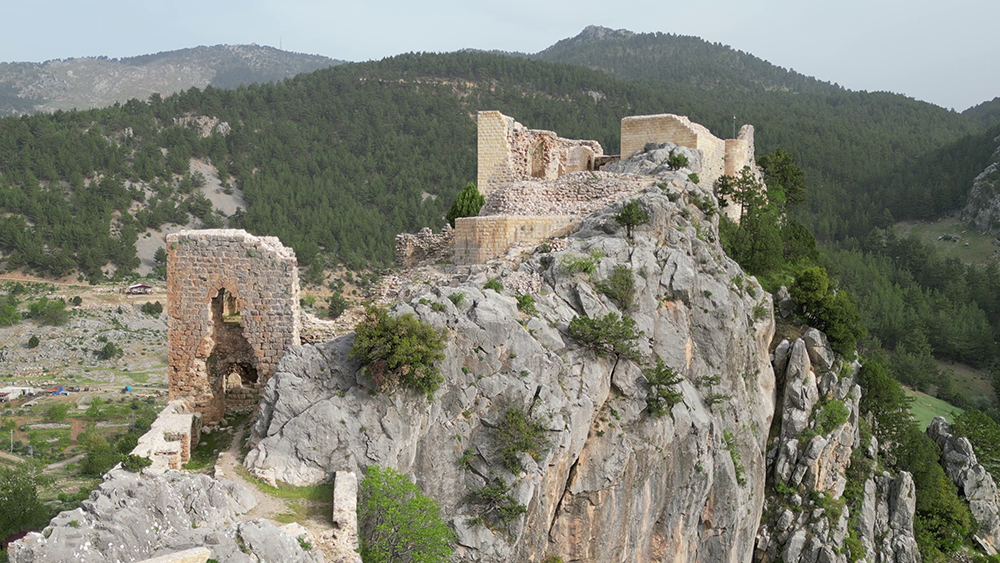
Feke Castle
Feke Castle is indeed a magnificent fortress located 3 km away from the town center. It stands as a testament to the region's rich history and architectural heritage.
Feke has been a settlement area for many tribes and states from ancient times to the present day. It is rumored to have been founded in a federation region dominated by the Hittites in the 16th century BC. Recent findings from tablets and inscriptions at Kayseri Kültepe and Osmaniye Karatepe suggest that it was a trading hub established by merchants from the Assyrian city-state of Mesopotamia, creating a well-organized market network in various parts of Anatolia during the 19th and 18th centuries BC.
In the 19th century BC, the market network created by Assyrian trading colonies led to the establishment of guard posts at strategic points to ensure the safety and control of trade caravans passing through the link between the high plateaus of Central Anatolia and the Cilicia Plain.
Feke changed hands throughout history. It fell into the hands of the Persians in the 6th century BC, and later to Alexander the Great after defeating the Persians in 333 BC. Subsequently, it came under the Roman Empire by the end of the 1st century BC, then to the Byzantines. In 1375 AD, it was conquered by the Mamluks of Egypt, ending Armenian rule. Vahka (Feke) was conquered by the Ottoman Empire during the Egyptian campaign of Yavuz Sultan Selim in 1517. In later years, it came under the rule of the Ramazanoğlu family from the Yüreğir Turkmen Beyliks. The region was later used as pastures by Avşar, Varsak, and Kınık tribes associated with the Sırkıntı, Bozdoğan, and Berber Bibi Turkmen tribes.
Feke Castle, located 3 km past the district, was built in the 12th century to control the caravan route passing through here. Originally built by the Byzantines and later used by the Seljuks, the castle has a rectangular layout with eight towers and an observation tower. Today, more than half of these towers are buried in the ground. Traces of structure remains can be found inside the castle, and it has a single entrance gate facing south.
0 Comments